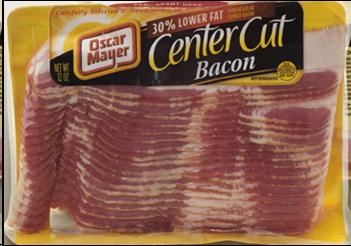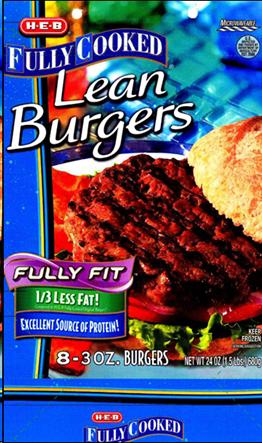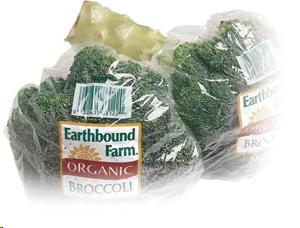
Health Claims and Ingredients




Another important thing to be aware is that the health claims that are provided on packaged foods in our country are regulated by the United States Food and Drug Administration, or the FDA. So you can see some examples here of health claims that are included on our packaging, and these are things that are so common that it's oftentimes we don't even realize that we're seeing it so much.
And so, on the package of bacon at the top you see "30 percent lower fat". Well that means something. On the lean burgers you have "1/3 less fat". On the broccoli you see "organic" and the Near East wheat salad you see "100% natural."
The claims made on our packaged food are regulated by the FDA. I should say there are certain claims that are regulated by the FDA.
So some common ones include "free." Free could be substituted with "no," "zero," or "without." And that usually comes with other words, such as "fat free." So when a product says "fat free" that means something, and it means something consistent. It means that the product has less than 0.5 milligrams of fat per serving.
Another example—something that has "no sugar" or claims to have no sugar means that it has less than 0.5 grams of sugar per serving. And so, although these are very small amounts, you still need to be aware of what these phrases mean because packaging is marketing, and the manufacturers want to sell you a product, so you need to understand what you are putting into your body.
Another example would be "low." Low could be substituted with "little" or "few." So, for example, "low fat." These are foods that can be eaten frequently without exceeding the recommendations for that particular nutrient.
And, so for example, "low fat" would be less than three grams of fat per serving. It still has some fat in it.
Another common claim, and you see this on cereals a lot, is "a good source." So, if a product claims to be a "good source" of calcium, for example, it must contain 10 to 19 percent of your daily recommended value in one serving. And so, my point here is not that you need to know all of these specific values, but rather that you understand that the claims made on our food products mean something. So be educated about what the package is telling you and what it's not telling you, and you'll be a better consumer for it.